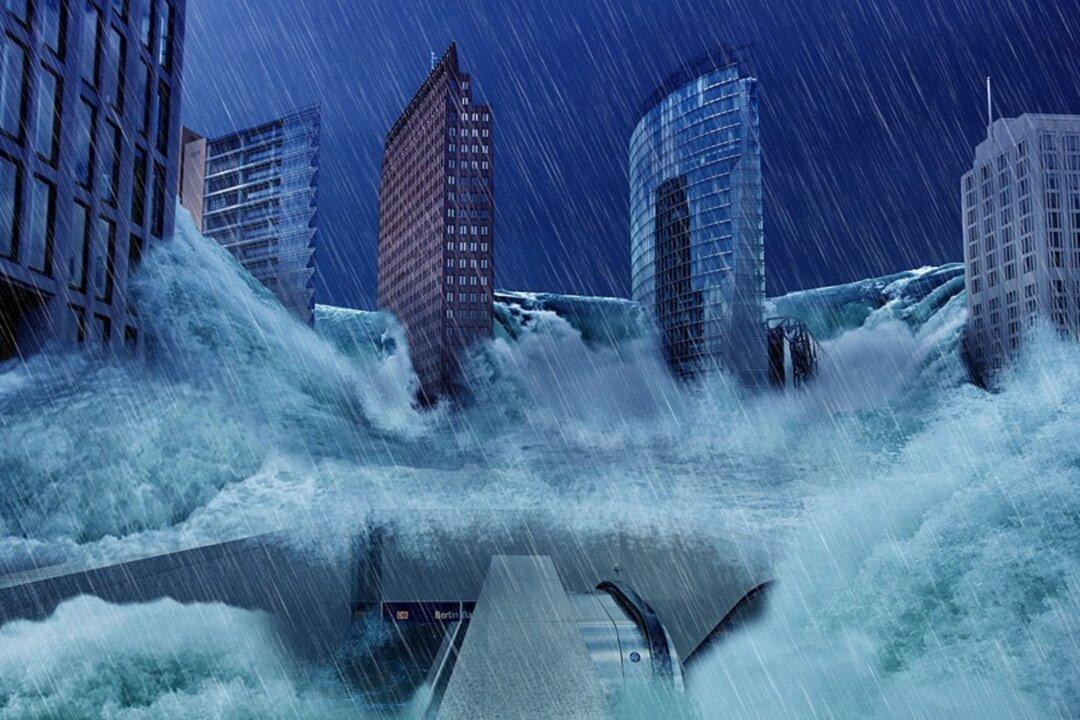Scientists are warning Californians after predicting that a rare mega-storm could cause three times as much destruction as an earthquake along the San Andreas Fault.
San Andreas is a tectonic boundary between the Pacific Plate and North America Plate that extends 750 miles through California. A powerful magnitude 8 earthquake could hit the state anytime as pressure has been building along the San Andreas Fault for more than a century, according to Newsweek.





